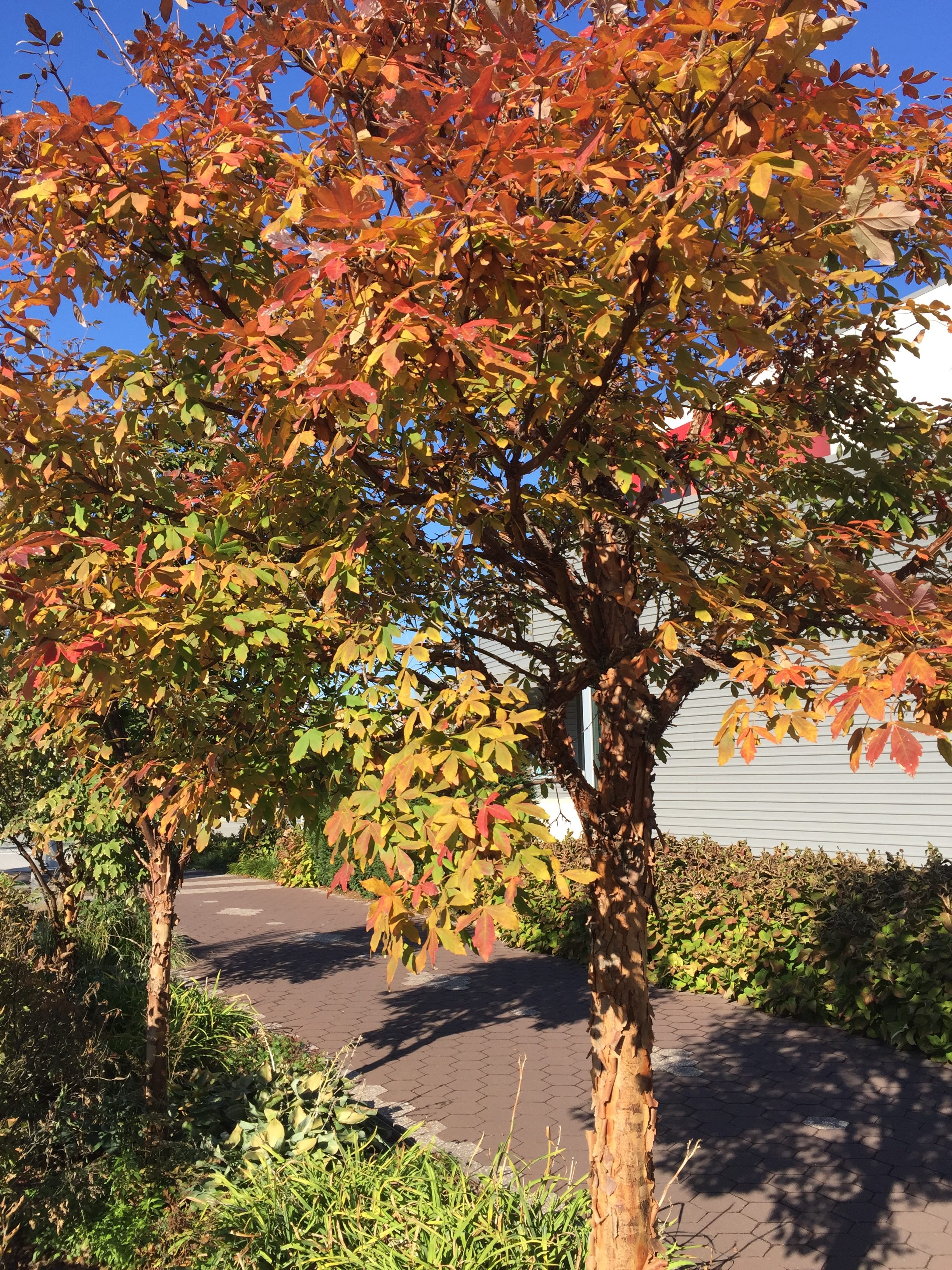

This publication may be purchased at your local University of Illinois Extension Unit office, or by calling 80, or by placing an order online (search for "C1391"). In addition, you'll find detailed information about integrated pest management, pesticide safety, and pesticide application and calibration techniques. Whether you’re looking to add some color to your yard or simply enjoy the beauty of the outdoors, the Paperbark Maple is an excellent choice.The Home, Yard & Garden Pest Guide (C1391) provides is written for homeowners and other residents and provides nonchemical and current chemical recommendations for controlling pests associated with trees, shrubs, turf, flowers, groundcovers, vegetables, fruit, and houses. It’s easy to see why this tree is so beloved by homeowners, landscapers, and nature enthusiasts alike. Additionally, the leaves tend to hold onto their color for an extended period of time, making the tree a standout feature in any landscape. The oranges, yellows, and reds all mix together to create a warm and inviting display. One of the most notable features of the Paperbark Maple’s fall foliage is the way the colors seem to blend together. The leaves are deeply lobed and have a jagged edge that adds to their aesthetic appeal. As the leaves begin to change color in the fall, they become even more eye-catching due to their unique shape. The leaves on the Paperbark Maple are typically medium-sized, and the tree itself can grow to be around 20-30 feet tall. The combination of these colors creates a breathtaking display that is sure to catch the eye of anyone passing by. In the autumn season, the leaves of the Paperbark Maple turn into a vibrant blend of oranges, yellows, and reds. The Paperbark Maple is a beautiful tree known for its striking appearance and stunning fall foliage. Its unique bark, vibrant fall foliage, and low-maintenance requirements make it a popular choice for homeowners and landscapers alike. This tree is a beautiful and resilient tree that can add a touch of elegance to any landscape. It is particularly well-suited to urban environments, as it is tolerant of pollution and can withstand periods of drought. While it is not native to these regions, it has adapted well to a variety of climates and soils. Since then, it has become a popular ornamental tree in many parts of the world, including North America and Europe. The Paperbark Maple was first introduced to the Western world in 1901, when it was discovered by the famous plant collector, Ernest Henry Wilson. It is known for its striking bark, which peels away in thin, papery sheets to reveal a cinnamon-colored underbark. In its native habitat, the Paperbark Maple can be found growing in mountainous areas, where it thrives in well-draining soils and a temperate climate. It is a slow-growing deciduous tree that can grow up to 30 feet tall and 20 feet wide. The Paperbark Maple, also known as Acer griseum, is a species of maple tree that is native to central China. Apply a layer of mulch that is 2-3 inches deep, but be careful not to pile it up against the trunk. Mulch around the base of your Paperbark Maple to help retain moisture and suppress weeds.

You can also prune the tree to shape it, but be careful not to remove too much of the canopy. Paperbark Maples do not require a lot of pruning, but you should remove any dead or diseased branches as soon as you notice them. Paperbark Maples do not require a lot of fertilizer, but a light application of a balanced fertilizer in early spring can help promote healthy growth. The tree should receive at least 1 inch of water per week. Water your Paperbark Maple regularly, especially during periods of drought. Providing CareĬaring for a Paperbark Maple is relatively easy, but there are a few things that you should keep in mind to ensure that your tree remains healthy and beautiful. Keep the soil evenly moist for the first few weeks, but be careful not to overwater. Water your Paperbark Maple immediately after planting to help settle the soil around the roots.


 0 kommentar(er)
0 kommentar(er)
